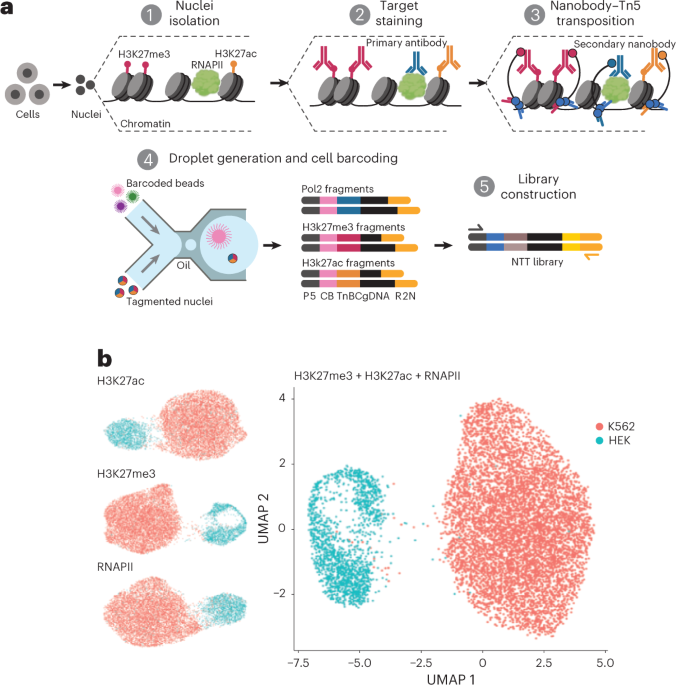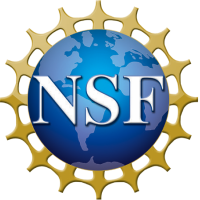The Minor Planet Center has confirmed the addition of 28 newly discovered moons of Saturn. Saturn now has 117 moons and Jupiter has 95.
Corey Powell notes that if we start counting all the chunks in the rings, the number could go into the thousands…or the trillions. Maybe it’s time for a formal definition of “What is a moon?”
There are a couple of hundred candidate moons for Jupiter and for Saturn, which are being gradually confirmed.
Similarly small satellites of Uranus and Neptune are harder to find.
Saturn now has more than 100 confirmed moons (117 at the latest count!). But if we start counting all the chunks in the rings, the number could go into the thousands…or the trillions.
Maybe it’s time for a formal definition of “What is a moon?”https://t.co/i3rtJ9Jety pic.twitter.com/LFHAzN42M8— Corey S. Powell (@coreyspowell) May 9, 2023
Twenty-four of Saturn’s moons are regular satellites; they have prograde orbits not greatly inclined to Saturn’s equatorial plane. They include the seven major satellites, four small moons that exist in a trojan orbit with larger moons, two mutually co-orbital moons, and two moons that act as shepherds of Saturn’s narrow F Ring. Two other known regular satellites orbit within gaps in Saturn’s rings. The relatively large Hyperion is locked in an orbital resonance with Titan. The remaining regular moons orbit near the outer edge of the dense A Ring, within the diffuse G Ring, and between the major moons Mimas and Enceladus. The regular satellites are traditionally named after Titans and Titanesses or other figures associated with the mythological Saturn.
The remaining 100, with mean diameters ranging from 2 to 213 km (1 to 132 mi), are irregular satellites, whose orbits are much farther from Saturn, have high inclinations, and are mixed between prograde and retrograde. These moons are probably captured minor planets, or fragments from the collisional breakup of such bodies after they were captured, creating collisional families. Saturn is expected to have around 150 irregular satellites larger than 2.8 km (1.7 mi) in diameter, plus many hundreds more that are even smaller.
The rings of Saturn are made up of objects ranging in size from microscopic to moonlets hundreds of meters across, each in its own orbit around Saturn. There is no objective boundary between the countless small anonymous objects that form Saturn’s ring system and the larger objects that have been named as moons. Over 150 moonlets embedded in the rings have been detected by the disturbance they create in the surrounding ring material, though this is thought to be only a small sample of the total population of such objects.
There are 60 unnamed moons beyond the rings all irregular. If named, most will receive names from Gallic, Norse and Inuit mythology based on the orbital group they are a member of.
We are now past 100 confirmed moons around Saturn: https://t.co/TwKsV6mGlS .
For those unaware:
There are a couple of hundred candidate moons for Jupiter and for Saturn; which are being gradually confirmed.
Similarly small satellites of Uranus and Neptune are harder to find.
— Michael Busch (@michael_w_busch) May 7, 2023
There are arguments about what counts as a moon and what is just a really large dust grain.
— Michael Busch (@michael_w_busch) May 7, 2023
Where’s Obi-Wan when you need him pic.twitter.com/aNr1Pq5NOZ
— Dr. Gerard van Belle (@FringeDoctor) May 10, 2023

List of confirmed moons of Saturn.

Brian Wang is a Futurist Thought Leader and a popular Science blogger with 1 million readers per month. His blog Nextbigfuture.com is ranked #1 Science News Blog. It covers many disruptive technology and trends including Space, Robotics, Artificial Intelligence, Medicine, Anti-aging Biotechnology, and Nanotechnology.
Known for identifying cutting edge technologies, he is currently a Co-Founder of a startup and fundraiser for high potential early-stage companies. He is the Head of Research for Allocations for deep technology investments and an Angel Investor at Space Angels.
A frequent speaker at corporations, he has been a TEDx speaker, a Singularity University speaker and guest at numerous interviews for radio and podcasts. He is open to public speaking and advising engagements.
Note: This article have been indexed to our site. We do not claim legitimacy, ownership or copyright of any of the content above. To see the article at original source Click Here













